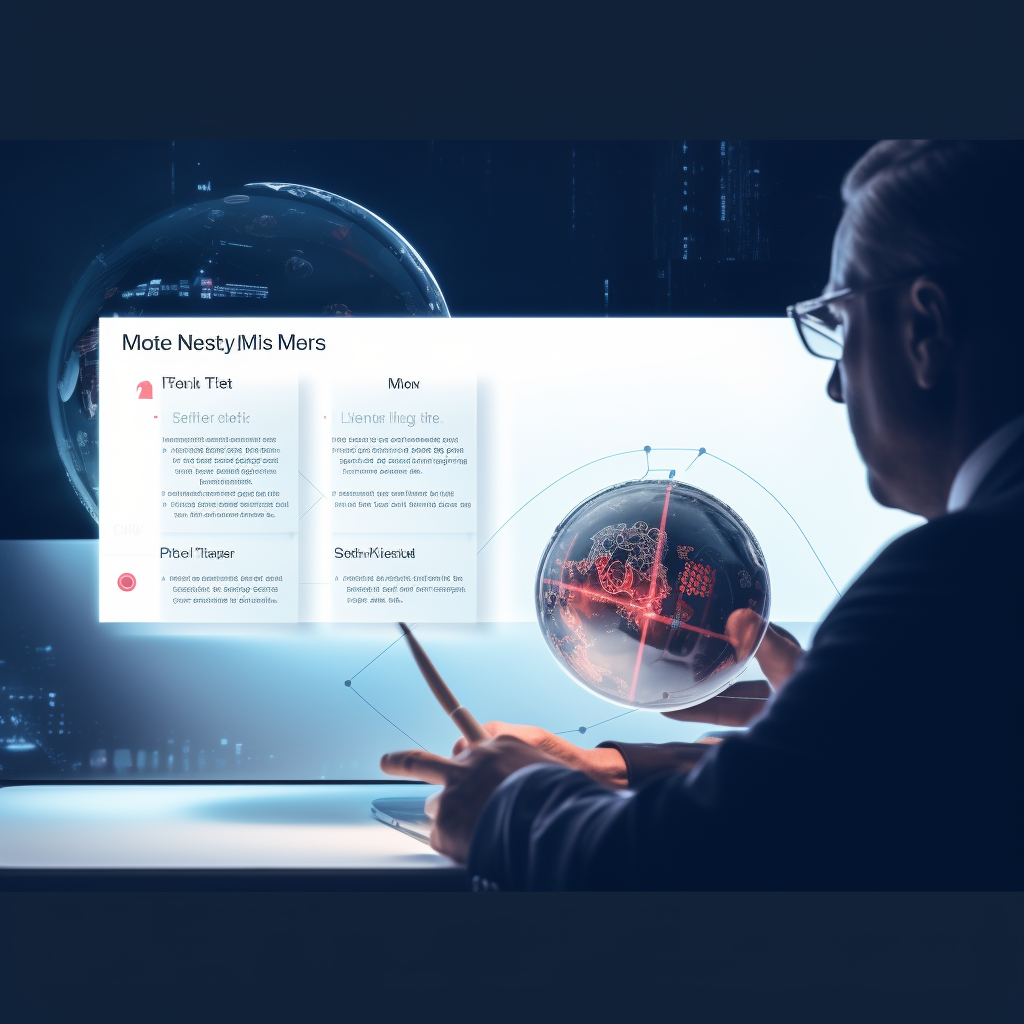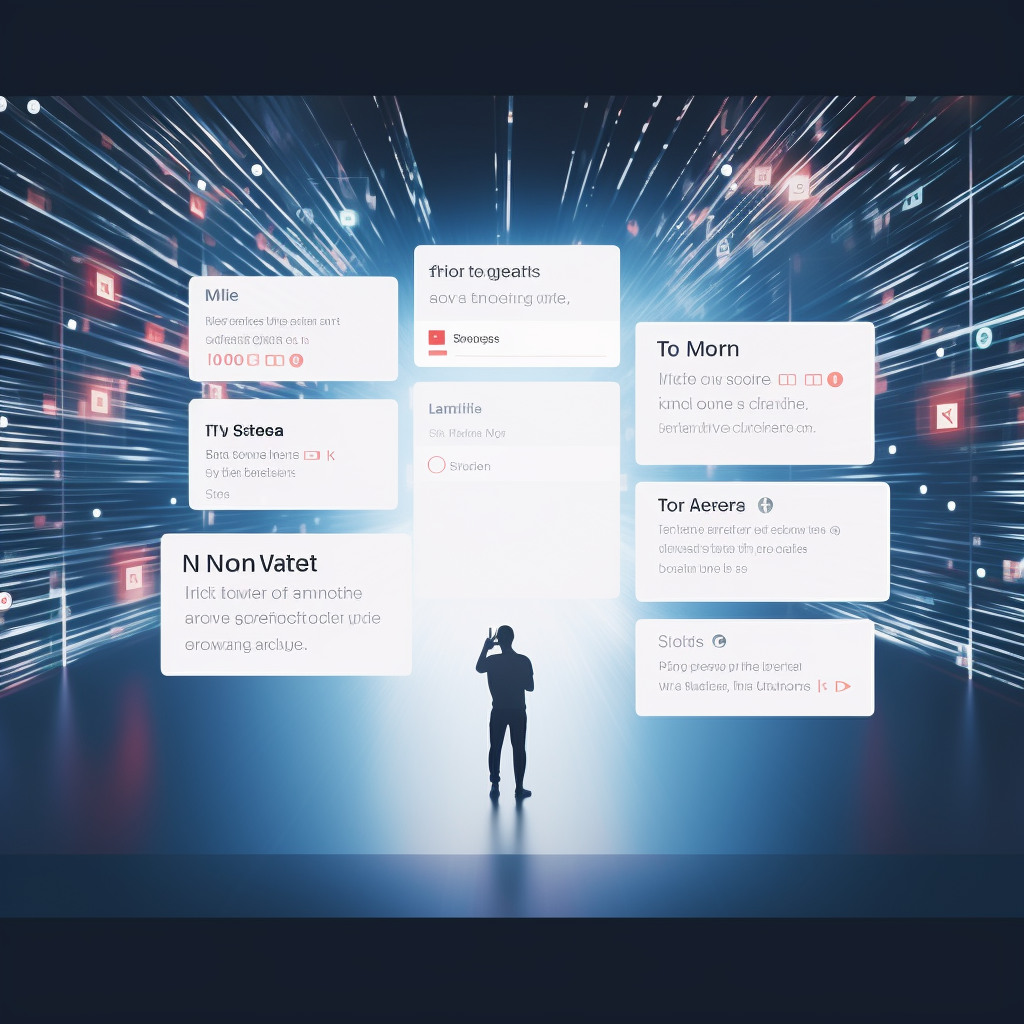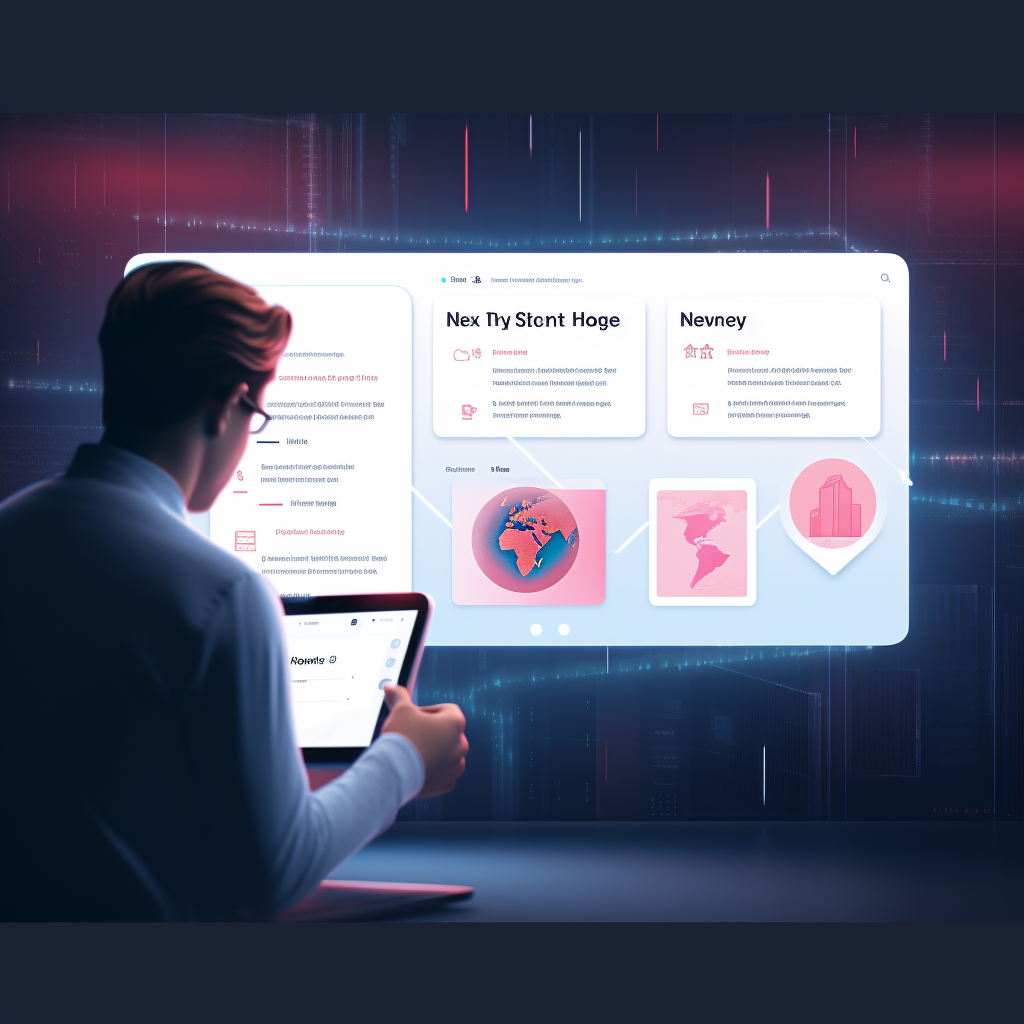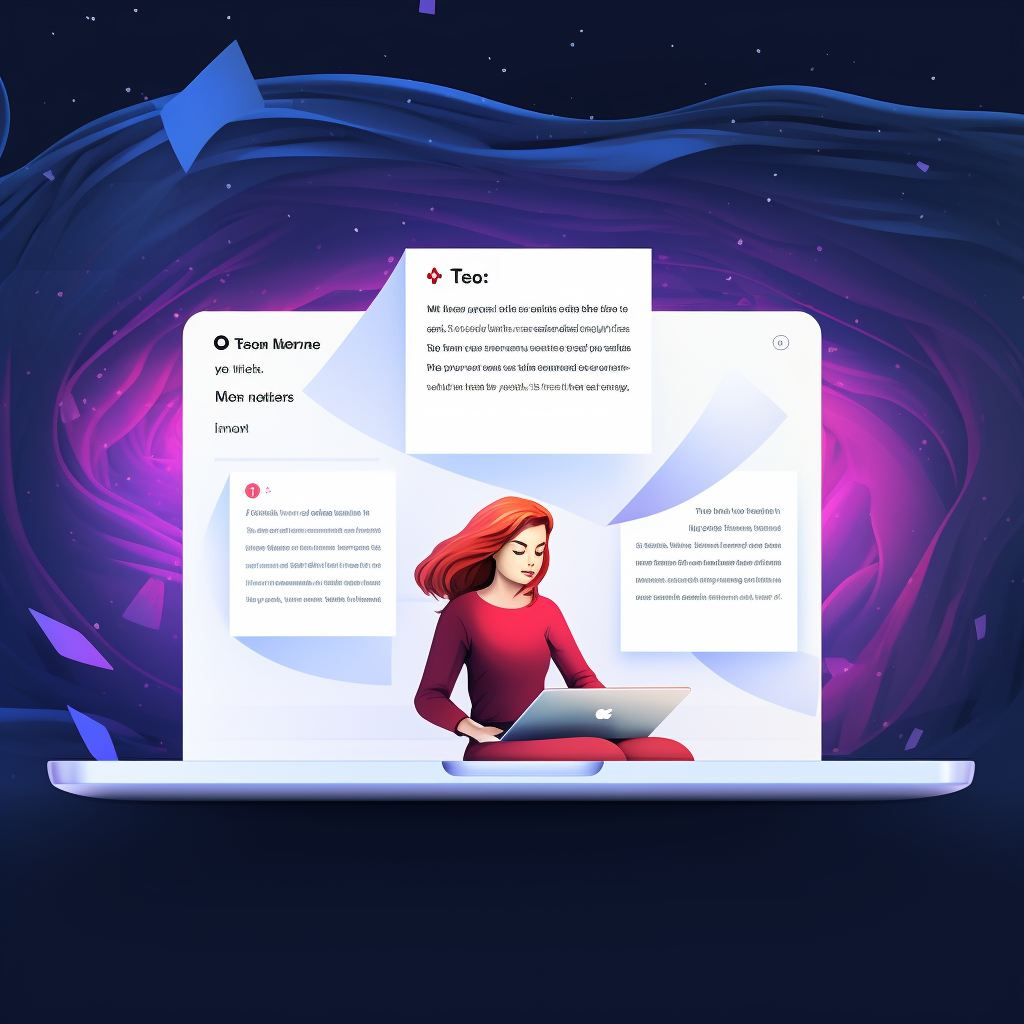Building a second brain is an essential part of modern knowledge management. This process involves creating a system to externalize your thoughts, ideas, and knowledge, thus freeing up your cognitive bandwidth and allowing your brain to focus on creativity and problem-solving. By building a second brain, you’ll be amazed by just how many brilliant ideas and insights you can generate and the incredible creative potential you can unlock.
How many brilliant ideas go to waste because your digital life is so disorganized?
How much useful advice have you heard on podcasts and slowly forgotte it?
How many books have you read, only to collection information that’s slowly forgotten?
The time we waste organizing information is one of the biggest bottlenecks for modern knowledge workers.
Building A Second Brain is a methodology for saving and reminding us of the ideas, inspirations, insights, and connections we’ve gained through our experience. It expands our memory and our intellect using the modern tools of technology and networks. – Tiago Forte
Your brain is a less-than-ideal place to store information. Imagine the chaos if you had to remember all the phone numbers, tasks, and passwords in your digital life yourself. You’d be overwhelmed. That’s why we use tools like contact lists in phones, productivity apps, and digital notes to externalize this information.
However, phone numbers and to-do lists are just a fraction of all the details and information we deal with daily. We read books, listen to podcasts, have conversations, and more. Unless you have a photographic memory, it’s impossible to remember everything. That’s where the concept of a second brain comes in. Building a second brain can be a life changing tool for reducing information overload and ongoing self development.
Your Own Second Brain: The Ultimate Personal Knowledge Management System

In this constantly changing digital age, the amount of digital information we encounter daily can be overwhelming. From reading books and articles to watching informational content and engaging in conversations we are drowning in a sea of information. Amidst all these details, it’s impossible for our biological brains to track and remember everything. That’s where the concept of building a second brain comes in.
Building a second brain is a proven method that involves creating a digital brain, a system that helps you externalize your thoughts, ideas, and knowledge. This process allows you to free up your cognitive bandwidth, enabling your brain to focus on creativity, problem-solving, and generating ideas.
Build A Second Brain: A Comprehensive Guide

Building a second brain is more than just a task; it’s a journey of personal development that requires time, effort, and the right tools. Here’s how you can start this journey:
1. Decide on a Structure
The first step to building a second brain system, is to decide on a structure. Tiago Forte developed a system called the PARA method (Projects, Areas, Resources, Archives), which organizes notes based on their actionability. This structure helps you instantly decide how actionable something is, ensuring that your own second brain and system is always organized and easy to navigate.
Projects have a define start and end date
Areas are your long term responsibilities.
Resources are all that valuable knowledge that you’ve acquired from what you’ve consumed
Archives are like a deep freezer where you store all the information you’ve used before.
2. Choose the Right Tool
The tool you use to build a second brain is crucial. It should be digital, searchable, and allow for categorization or tagging. While the system is more important than the tool, choosing the right tool can significantly enhance your experience and the efficiency of your second brain. My preferred tool for building a second brain is Mem.ai.
3. Use the Tool Effectively
Once you’ve chosen a tool, it’s important to use it effectively. Don’t be afraid to spend countless hours exploring its features and learning how to best leverage them for your needs. Whether you’re writing a blog post or managing a project, your tool should serve as a trusted system for keeping track of all your tasks and ideas.
Building a second brain is not just about creating a digital repository of information; it’s about transforming that information into actionable insights. It’s about turning your personal knowledge into a fully functional second brain system. And you’ll be amazed how many insights it can help you develop for your personal life and professional endeavors.
Organize Your Content by Active Projects

Instead of organizing your files primarily by topic, organize them according to the active projects you are actively working on. – Tiago Forte
Projects are the lifeblood of the second brain. Organizing your life into projects is the key to making your ideas happen and consistently turning those ideas into concrete results. The easiest and most effective way to do this is with Scott Belsky’s action method, which promotes clarity and helps in achieving ambitious goals.
The Action Method

Every project in life can be reduced into these primary components:
Action Steps: These are the specific concrete tasks that inch you forward. Redraft and send the memo, post the blog entry, pay the electricity bill, etc.
References: These are project-related handouts, sketches, notes, meeting minutes, manuals, websites or ongoing discussions that you may want to refer back to. References are not actionable now but maybe someday. Perhaps it is an idea for a client for which there is no budget yet. Or maybe it is something you intend to do in a particular project at an unforeseen time in the future.
The Backburner: This keeps your ideas— and the possible future actions you might take to make the ideas happen -alive.
The Unmistakable Creative is my main project and I have a series of special projects. For each project, I have a set of action items, reference materials, modern tools, and backburner items.
You can use the action method for both your personal life, and professional projects. I’ve used this method to write books, plan a cross country move, and for all the weekly tasks related to the Unmistakable Creative. It ensures less stress because you are constantly making progress on your own time on your most important projects.
Keep Things Where They Belong
We’ve all had the experience of tearing apart our houses searching for our car keys. And 10 minutes later we find them in our pocket. This is the digital life equivalent of searching your hard drive for files or documents. Organizing content by active projects helps us to avoid this constant pressure and creates less stress.
But, keeping things where they belong in digital environment is a practice. Half the battle of decluttering your digital environment is keeping things where they belong. You can mirror the structure of your second brain methodology in Dropbox as a digital repository as well. Again, I recommend using a simple structure for this. I set up my Dropbox with the following categories using the second brain methodology and PARA method
Downloads
Media- Video + Audio Files
Images
Ebooks/PDFS
One of my favorite recent discoveries is a tool called Slapdash. It lets you set up “spaces” and access files, websites, and everything you frequently search for with a keystroke. By having designated locations for all your files, you never waste mental energy wondering where it should go.
Building a second brain is a valuable resource that requires a systematic approach. It’s a self-paced course that needs to spend countless hours full of dedication and commitment. But once you have your second brain setup, it becomes a valuable asset in your creative process. It helps you in systematically reminding and recalling information, thus enhancing your creative output.
By following Tiago Forte’s second brain quickstart guide and using the PARA system, you’ll be on your way to building a fully functional second brain that’s a perfect fit for your needs. This will help you in watching informational content, reading, and other activities without the constant pressure of trying to remember everything. Your second brain will do that for you, and you can focus on generating your best ideas and doing creative work.
Put Your Content To Use

The best way to reinforce something you’ve learned is to teach it to someone else. Think about how many insights and much useful advice you’ve received from other people over the years. This is why I write about the things I read. And it’s why many of my articles are inspired by people I’ve interviewed.
You need to consume in order to acquire the valuable resource of knowledge. But, excessive consumption decreases your creativity. Leverage all that valuable knowledge and the power of your second brain to create more than you consume.
Using your Second Brain

A second brain is something that can be completely customized. You can use it in many different ways.
1. A Reading List
Between personal interest and interviews for the podcast, I read over 100 books a year. A week or two after reading each book, I transfer all my highlights into a note in Mem.ai. And I use those notes to write articles and ask questions during each interview.
2.Notes from The Contet You’ve Consumed
Taking notes for your future self is a fundamental part of building a second brain and a key aspect of personal knowledge management.
This process involves creating digital notes, which serve as a crucial part of your personal knowledge management system.
It’s not just about jotting down information, but making valuable knowledge easily accessible for your future self.
This is where the concept of progressive summarization and intermediate packets come into play. Progressive summarization is a method of taking notes that involves highlighting and summarizing key pieces of information in multiple stages and jotting down a few thoughts about the knowledge you’ve acquired. This method helps you to distill all that valuable knowledge, making it easier to recall and apply in the future.
On the other hand, intermediate packets are segments of information that you’ve processed and understood, ready to be utilized when necessary. This way, your second brain becomes a trusted system, keeping track of all the details and insights you’ve gathered, freeing your mind to generate more brilliant ideas. This note-taking strategy is a proven method to enhance your personal knowledge management, enabling your digital second brain quickstart to effectively serve your future self.
3. Editorial Calendar
Unless you capture your ideas, you’ll never capitalize on them. Having your blog post ideas in an editorial calendar ensures never have a shortage of ideas. One thing I’ve found useful is to assign each idea a status or stage:
Idea: A sentence or potential title
Shitty first draft: A very sloppy attempt
Rough first draft: Something that’s ready to be polished
Ready for proofreading: Time to assign to my VA
Published: Worthy of public consumption
This way you can still have hundreds of brilliant ideas, without becoming completely overwhelmed.
4. A Special Project
If you’ve ever moved out of state, you know what a nightmare it can be. We had movers that were part-time college students and likely future inmates. But, making it a project inside my own, building a second brain here, was incredibly helpful.
Having a system of some sort is essential to increasing your own creative potential and output. Build a fully functional second brain. It is one of the most comprehensive systems you can possibly use to bring your ideas to life.
Unlock Your Potential with the Maximize Your Output Course.
Ready to supercharge your productivity? Dive into our course, Maximize Your Output, and gain lifetime access to a wealth of strategies for building a second brain. We’ve combined the best of David Allen’s and Tiago Forte’s ideas to help you capture, organize, and connect ideas seamlessly.
You’ll benefit from all future updates, ensuring you always have the latest insights at your fingertips. For a taste of what’s in the course check out our FREE Ultimate Guide to Building a Second Brain in Mem. Consider it your Brain Quickstart Guide, a comprehensive resource that will help you maximize your output and turn your knowledge into a powerhouse. Start your journey today! Yo
